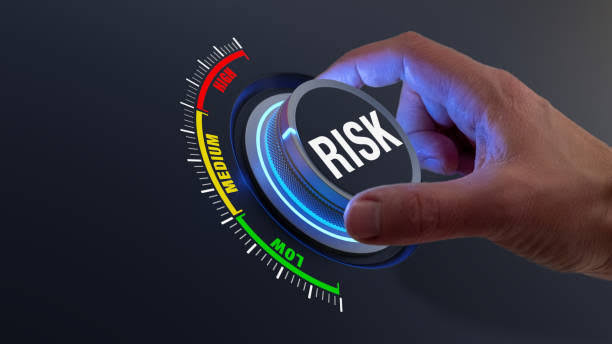Always Take Calculated Risks: A Path to Success
In the journey toward success, risk is an unavoidable companion. However, not all risks are created equal. The difference between a successful outcome and a devastating failure often lies in the nature of the risk taken. This is where the concept of calculated risk comes into play—an approach that blends ambition with prudence, allowing individuals to maximize potential rewards while minimizing unnecessary dangers.
Understanding Calculated Risk
Calculated risk refers to the act of carefully analyzing the potential outcomes of a decision, weighing the benefits against the possible downsides, and taking action only when the potential reward justifies the risk involved. Unlike reckless risk-taking, where decisions are made impulsively or based on emotions, calculated risks are grounded in logic, research, and strategic planning.
The Importance of Calculated Risk in Personal and Professional Life
- Growth and Innovation:
Taking calculated risks is essential for personal growth and innovation. Whether in business, career, or personal life, staying within the comfort zone often leads to stagnation. Calculated risks push boundaries, enabling individuals to explore new opportunities and achieve breakthroughs that would otherwise be out of reach. For example, entrepreneurs who venture into new markets or launch innovative products do so after thorough research and planning. They understand the market demand, assess the competition, and evaluate the potential return on investment. This calculated approach increases their chances of success and helps them navigate challenges effectively. - Building Confidence and Resilience:
Engaging in calculated risks builds confidence and resilience. When individuals take risks after careful consideration, they are more prepared to face the consequences, whether positive or negative. This preparedness not only boosts confidence but also fosters resilience, as individuals learn from their experiences and are better equipped to handle future challenges. Consider a professional contemplating a career change. By researching the new industry, networking with insiders, and acquiring relevant skills, they reduce the uncertainty associated with the transition. Even if the move doesn’t go as planned, the experience gained strengthens their ability to adapt and persevere. - Making Informed Decisions:
Calculated risks involve gathering and analyzing information to make informed decisions. This process includes understanding the potential risks and rewards, identifying the worst-case scenario, and developing contingency plans. Such an approach minimizes the likelihood of failure and increases the probability of success. For instance, investors who take calculated risks by diversifying their portfolios are more likely to achieve long-term financial growth. They research market trends, assess the risk tolerance of different asset classes, and make decisions based on a comprehensive understanding of their financial goals and risk appetite.
The Dangers of Avoiding Risk Altogether
While taking calculated risks is crucial for success, avoiding risk altogether can be equally dangerous. A risk-averse mindset can lead to missed opportunities, stagnation, and ultimately, regret. Individuals and organizations that shy away from taking risks may find themselves outpaced by competitors who are more willing to embrace change and innovation.
Moreover, the fear of failure can paralyze decision-making, leading to inaction. In a rapidly changing world, inaction can be the greatest risk of all, as it prevents individuals from adapting to new circumstances and seizing emerging opportunities.
How to Take Calculated Risks
- Assess the Situation:
Start by gathering as much information as possible about the situation. Understand the context, identify the potential risks and rewards, and consider the long-term implications of your decision. - Evaluate the Potential Outcomes:
Consider the best-case, worst-case, and most likely scenarios. Weigh the potential rewards against the risks, and determine whether the potential upside justifies the possible downside. - Plan for Contingencies:
Develop a plan for how you will respond if things don’t go as expected. Having a contingency plan in place can help mitigate the impact of negative outcomes and provide a sense of security. - Trust Your Instincts:
While logic and analysis are crucial, don’t ignore your instincts. Sometimes, your intuition can provide valuable insights that data alone cannot reveal. - Take Action:
Once you have done your due diligence, take action. Remember, even calculated risks carry some level of uncertainty, but with careful planning, you increase your chances of success.
Conclusion
Taking calculated risks is a vital component of success, both personally and professionally. It is the bridge between caution and ambition, offering a path that maximizes rewards while minimizing unnecessary dangers. By understanding the importance of calculated risks, evaluating potential outcomes, and planning for contingencies, individuals can confidently pursue opportunities that lead to growth, innovation, and fulfillment. In a world where standing still is not an option, embracing calculated risks is the key to moving forward.
